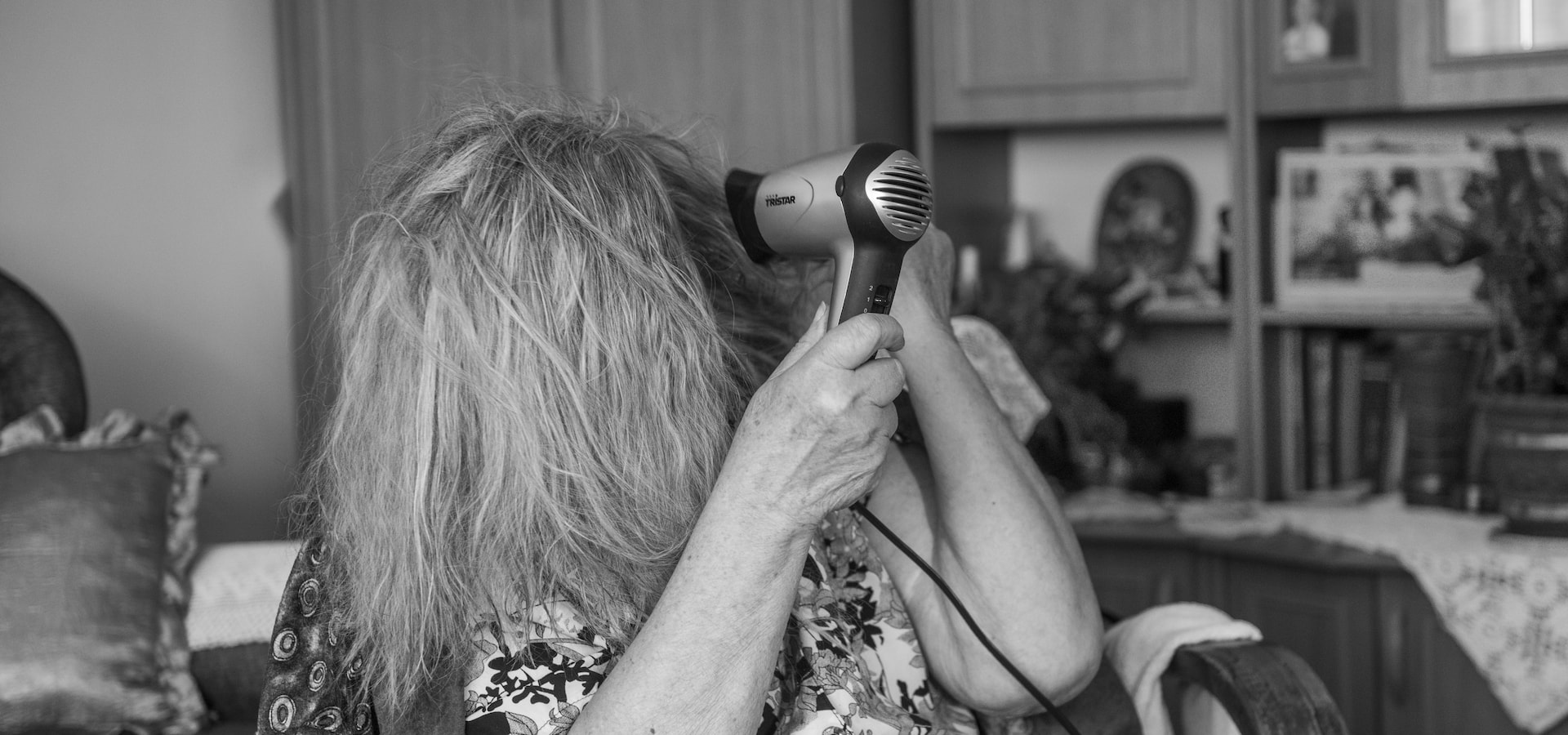
Storytelling in the post-Yugoslav context
Reflection on the Southeast Europe Future Festival in London.
|01.10.2019
|
Throughout the panel discussion, die-hard Yugoslav communist grandparents were a recurrent theme.
My idea was to create some kind of balance in the portrayal of our past and to confront the surviving fear and silence.

Ana Omaljev
Ana Russell-Omaljev is the creative director of CoBA, a collective established in 2016 to give a voice to artists from the Balkans within the specific landscape of London. She is the author of the award-nominated book “Divided We Stand: Discourses on Identity in First and Other Serbia.” Russell-Omaljev is currently working on a new book. She divides her time between London, Belgrade and the Cayman Islands.
DISCLAIMERThe views of the writer do not necessarily reflect the views of Kosovo 2.0.
This story was originally written in English.